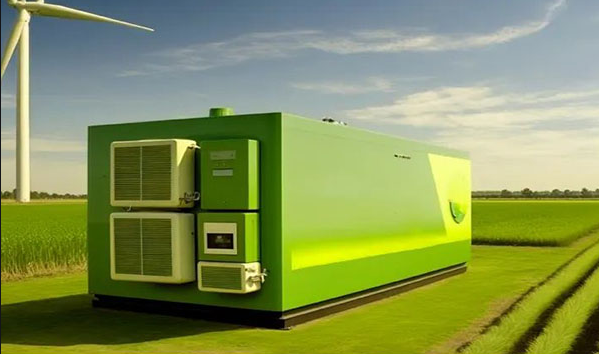Battery Energery Storage Syetem?
What is energy storage?
Energy can be stored in batteries for when it is needed. The battery energy storage system definition is an advanced technological solution that allows energy storage in multiple ways for later use. Given the possibility that an energy supply can experience fluctuations due to weather, blackouts, or for geopolitical reasons, battery systems are vital for utilities, businesses and homes to achieve a continual power flow. A battery energy storage system (BESS) is no longer an afterthought or an add-on, but rather an important pillar of any energy strategy.
How does a battery storage system work?
The operating principle of a battery energy storage system (BESS) is straightforward. Batteries receive electricity from the power grid, straight from the power station, or from a renewable energy source like solar panels or other energy source, and subsequently store it as current to then release it when it is needed. When combined with software, a BESS battery becomes a platform that couples the energy storage capacity of batteries with the intelligence needed to deliver advanced management of energy consumption by harnessing AI, Machine Learning and data-driven solutions. This makes batteries a tool in the effort to offset climate change, because they enable a more flexible way of using energy that lets the user adapt to dips and peaks in demand and supply.
Overall, battery energy storage systems foster the deployment of renewable sources, thereby helping reduce carbon emissions and even deliver lower costs for businesses and households.
Which are the different meter systems for battery energy storage?
A battery energy storage system (BESS) can be of two types: front-of-the-meter (FTM) or behind-the-meter (BTM). BTM systems are installed on the user’s premises and are typically smaller than a FTM system. A BTM’s main function is to improve the stability of its owners energy supply and cut costs, but if the local regulatory framework allows for it, the batteries can also supply energy back into the grid and thereby become an additional revenue stream. The larger FTM systems are directly connected to the power grid and usually therefore belong to a utility, helping it solve network congestion issues or as an alternative to building new power lines.
How long does a battery energy storage last and how to give it a second life?
Most energy battery storage systems last between 5 to 15 years. As part of the ecosystem of solutions for the energy transition, battery energy storages are tools to enable sustainability and, at the same time, they themselves must be fully sustainable. The reuse of batteries and recycling of the materials they contain at the end of their life are all-around sustainability goals and an effective application of Circular Economy principles. Recovering an increasing quantity of materials from batteries and giving them a second life leads to environmental benefits, in both the extraction and disposal stages. Battery reuse also delivers economic benefits.

Next:Choosing the Right LiFePO4 Battery to Power Your Trolling Motor
Previous:Optimizing LiFePO4 Battery State of Charge Estimation
